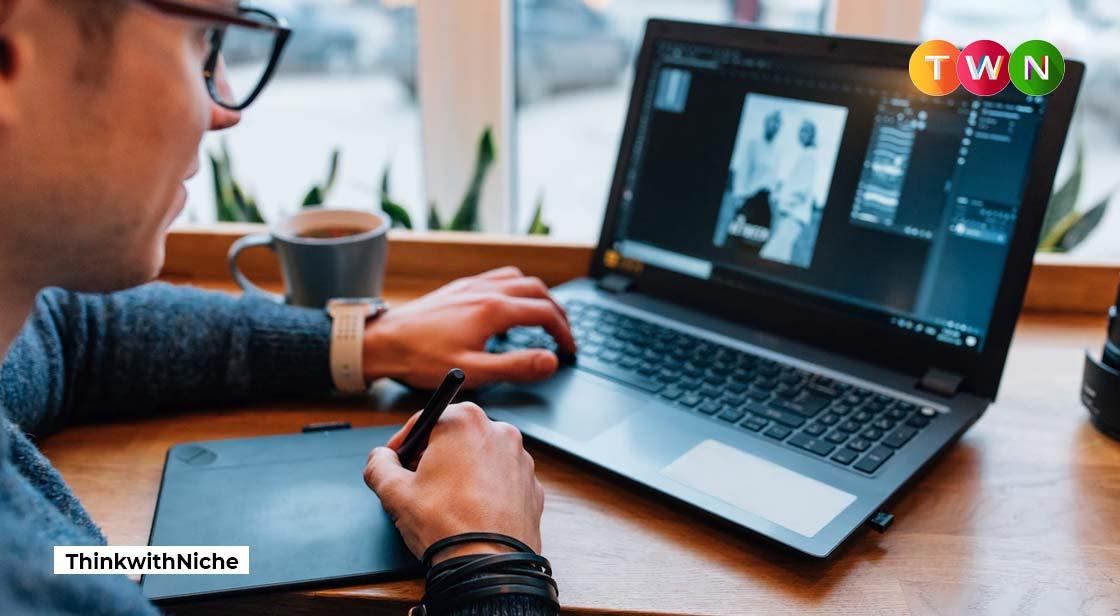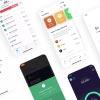Blog Post
With the arrival of personal computers in the late 1980s, digital art began to emerge slowly. We live in a screen-dominated society now, with the average person spending 10 hours each day on digital devices. Simultaneously, with the exponential rise of chip power and bandwidth, the cost of digital art software has dropped dramatically. #ThinkWithNiche
Since the origin of our species, humans have been making visual art, beginning with impressive images of game animals discovered in caves from France to Indonesia. Art is interpretive, expressing the creator's inner vision and designed to resonate with the senses, emotions, and intellect of the observer. Good art never fails to inspire. When utilized in marketing, appealing imagery can help to strengthen a brand's identity and encourage customers to buy.
Visual art is constantly changing. Oil easel painting, for example, was once a novel and transformative medium. We'll be unleashing the artistic potential of Virtual Reality in the next years.
Digital art is a modern art that employs mass production processes using digital technology. It had a huge influence on not only painting and drawing but also sculpture, music, and video. Advertising (websites, logos, brochures, billboards on the side of the road), drawings (books, comics, and websites), 3D models (movies and video games), and digital photo artwork are all examples of digital art (advertisements and posters).
Advantages of Digital Art
- Perfect replication: The original work is accurately replicated. The original and copies are identical.
- Enhances communication: Attracting online users requires the use of digital art. It improves viewer comprehension and communication.
- Increases the amount of time available for creative input: Because digital tools can be applied fast and readily, the artist has more time to experiment with new ideas.
- Efficiency and cost-effectiveness: A talented digital artist or illustrator may swiftly generate digital art with little to no effort or money invested.
Digital Video vs Film Production
Digital video is gaining momentum in traditional filmmaking because it allows for a more efficient process, is less expensive, and is easier to replicate. Video can also be inverted to change sights, sound, and color, and it can be combined with special effects. To add to the complexity, interactive art is becoming more interactive, allowing the viewer to have varying degrees of input over the final piece. Cutting, adjusting color, and fine-tuning brightness/contrast are all simple tasks using basic Windows software. Paid options such as Adobe Photoshop and Adobe Illustrator are much more powerful image-creation applications.
Is it possible to keep digital art private and secure?
Many people believe that everything on the internet should be free and open to everyone. Digital artists that rely on their products for a living disagree. Unfortunately, copyrighted work is difficult to defend. Any digital property accessible on the internet can be stolen if 'secure' government and corporate systems can be hacked. This covers movies, music, and television shows. Many viewers are culpable in one way or another. People frequently download internet art without giving acknowledgment to the artist, even claiming ownership of the work. The digital art business is being hampered by a lack of security. A digital artist should leave watermarks, signatures, and copyright information on their work to protect it from theft. According to various sources, certificates of authenticity have enticed some foreign collectors to buy.
What does all of this mean for digital artists?
Aside from protecting their intellectual property, digital artists are afraid that their freedom of expression may be jeopardized if they voice controversial views and are deemed security hazards by the government. Others worry that major corporations are establishing themselves as new gatekeepers. Apple, for example, restricts the types of content available on iTunes.
Conclusion
They believe that digital art will acquire recognition and eventually become accessible through systems similar to Spotify and iTunes. Finally, in the coming years, digital arts will undoubtedly grow and improve, resulting in increased demand.













